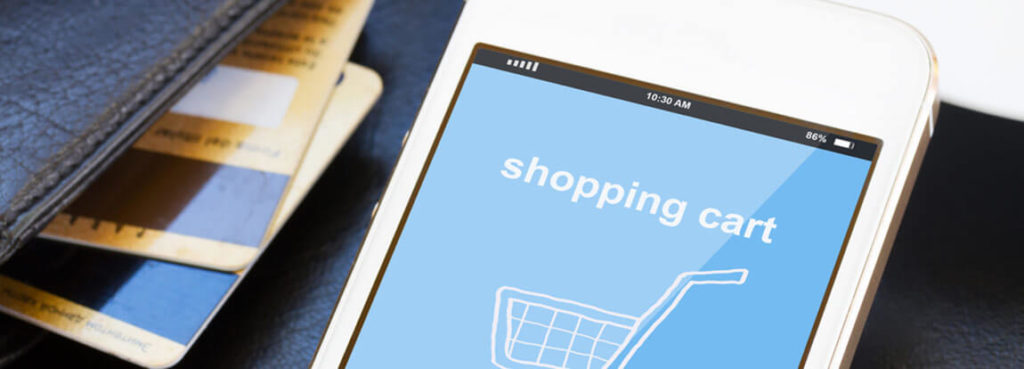There are few things as central to the modern consumer experience as the omnichannel experience, and the proof is in the pudding. Based on a survey of 46,000 people conducted by the Harvard Business Review, 73 percent of shoppers use multiple channels during their customer journey. Compare that to 20 percent of consumers who shop at brick-and-mortar locations and 7 percent who shop online only.
In other words, the best reason to adopt omnichannel immediately is that it’s what the modern consumer prefers, and even expects, from brand manufacturers. Nevertheless, if that isn’t enough, here are three more reasons to embrace omnichannel right now:
1. Consumers want to shop on their own terms
E-commerce behemoths such as Amazon Prime have fundamentally transformed consumer expectations. Delivery by drones? Check. Two-hour buying cycle? Check. But allowing customers to shop on their terms? Even Amazon isn’t quite there yet, and there’s a simple reason for that.
Imagine a situation in which two-hour delivery isn’t possible for a certain item or location, but a customer needs that item yesterday (sometimes two hours just isn’t fast enough). Or maybe the customer wants to interact with the physical product before he or she puts money down. In either of these circumstances, the customer is likely to drive to a nearby brick-and-mortar location, at which point he or she may find an alternative to your brand.
Or, if a manufacturer tracks seller inventories in-store and online, the customer journey doesn’t terminate because Amazon, or another preferred reseller, can’t get that item to the consumer on his or her terms. A tool like PriceSider’s Where to Buy will tell brand manufacturers which of their sellers are stocking their products, both online and in-store. Sharing this information with consumers then makes it possible for those shoppers to purchase products on their terms. If they need the item in the next 30 minutes, no problem. The customer can visit a brand manufacturer’s website and find where that item is available within a five-mile radius. If they’re not strapped for time and would prefer to buy it somewhere other than the manufacturer’s website, again, they can do so. That’s the power of omnichannel.
2. Every device is an opportunity
On average, the modern consumer will use five connected devices in their buying journey. One might be a desktop at work. Another might be a laptop in the home office. A third might be a tablet in the living room. The fourth could be a smartphone on a train. A fifth could be a relative’s smartphone during a family get together. For good measure, a sixth could be an in-store visit.
Thanks to cloud computing, the modern consumer is not tied down to a single computer for buying online or ordering for store pickup. When they’re browsing a brick-and-mortar seller’s aisles, the digital element of their journey doesn’t come to a screeching halt. Beacon technology, for instance, now makes it possible to push real-time sales to consumers inside a store.
The fact is, customers who want to shop on their terms expect to have the freedom to use the diverse array of devices at their disposal, and the ability to access brands through those devices. Omnichannel is about making your brand omnipresent across this device-rich digital landscape. In essence, it’s about being available to the consumer so that leads can more easily become customers.
3. Convenience is conducive to customer loyalty
“Make customer conversations as convenient as buying your products.”
Lead conversion is important, but omnichannel is about so much more than just getting the sale. It’s about keeping open lines of communication with consumers – first-time and returning.
This means making your brand available beyond the point of sale. Sure, omnichannel can accelerate buying behavior and create a consistent shopping experience across devices and channels. However, when properly executed, omnichannel also cultivates a consistent brand image across these channels. For instance, if your brand prides itself on strong customer support, the last thing you want to tell customers is that you cannot serve them through the channel of their choosing.
It boils down to the fact that the conversations you have with customers should not be tucked away in silos. They should take place wherever discussions are happening – via web chat, over social media, on the phone and so on. Make these customer conversations as convenient as buying your products, and then you’ve done more than just sell a shopper on an item. You’ve also sold them on your brand, and that’s the sale that matters most.

